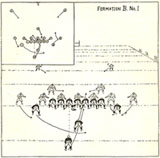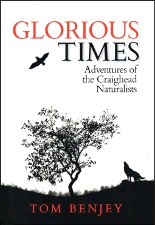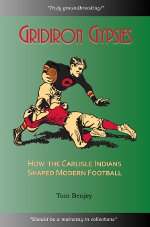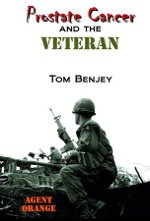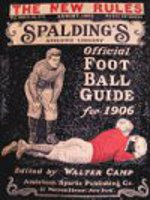Also agreed upon at that Chicago meeting discussed last time were some other eligibility rules. The change viewed as the most important was one that disallowed freshmen from competing on varsity teams. The thinking behind this was that requiring athletes to have completed a year of work at the college prior to playing on that school’s varsity squad would eliminate the use of non-students as players on college teams. Another rule change, one that is still in effect more or less, is that athletes who transfer from one school to another must sit out a year before representing the new school. A third change allows students to participate in three games without that year being counted against the student’s eligibility. That way, players who were injured early in a season wouldn’t be penalized. This rule may have eventually led to the red-shirting of players that is so common now.
The final paragraph of the article indicated that these rules were expected by some to be incorporated nationally: “The ruling regarding the freshmen was adopted unanimously, and is the entering wedge, it is thought, for the restraining .of the freshman collegians from competition at all under college colors except in their own class sports. This matter and the other rulings will be brought to the attention of the national association of intercollegiate athletes of America, and may be adopted at the next meeting of that body.”
The freshman rule proved to be controversial, particularly with the smaller colleges. At that time student bodies were a fraction of their present size. A large college or university might have 3,000 students whereas a small school might be half of that. Many small schools felt that not allowing freshmen to play on their varsities put them at a disadvantage to schools with much larger student bodies. Large schools like having the advantage.


